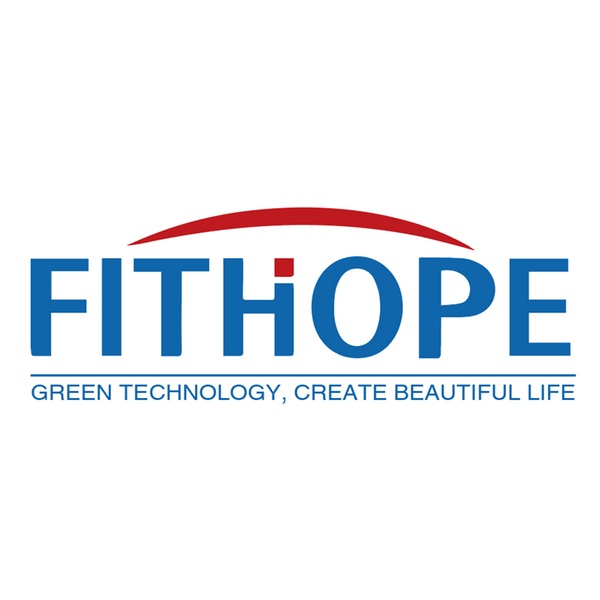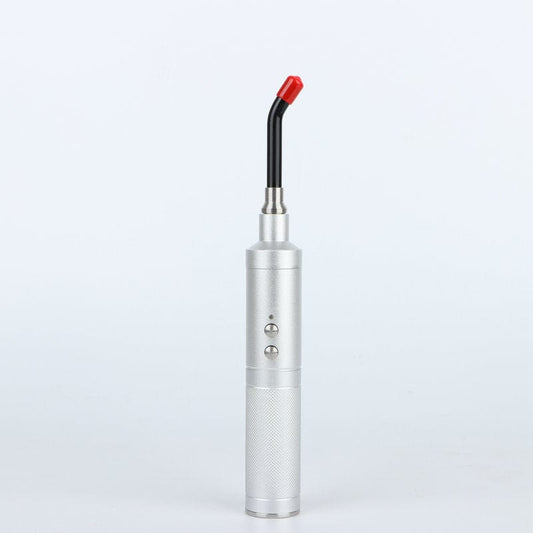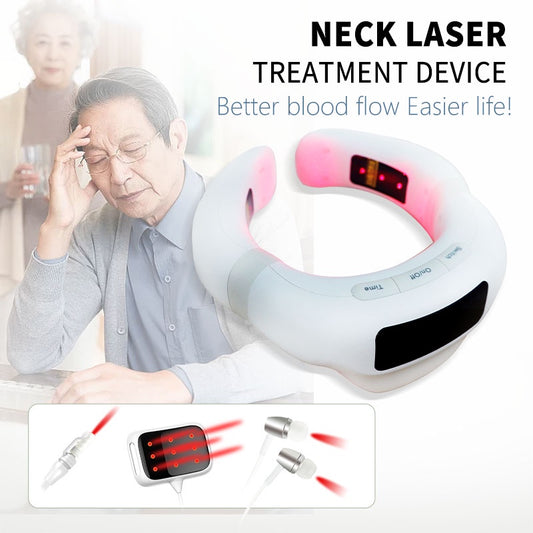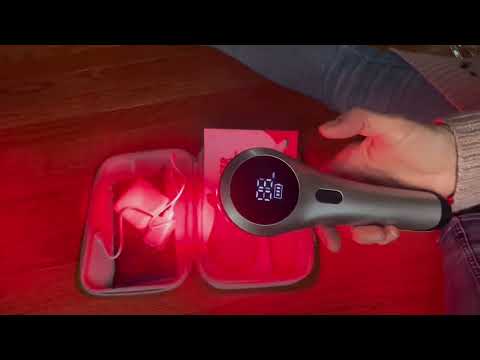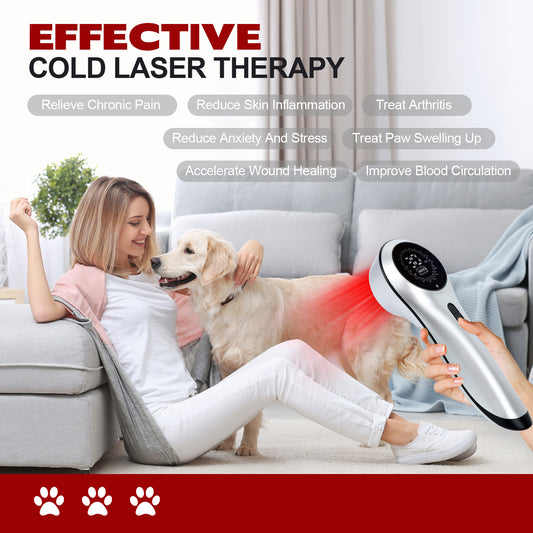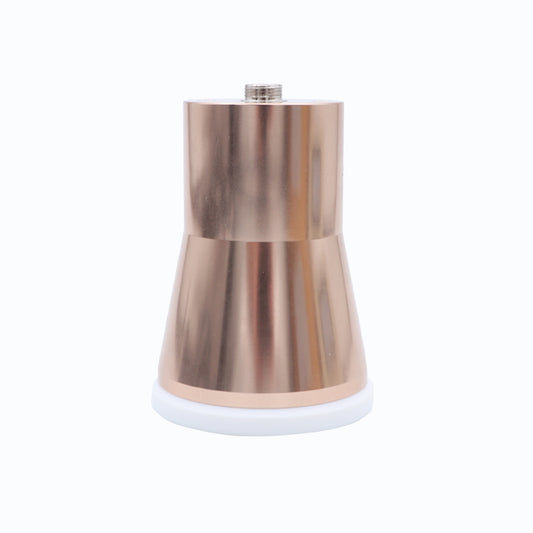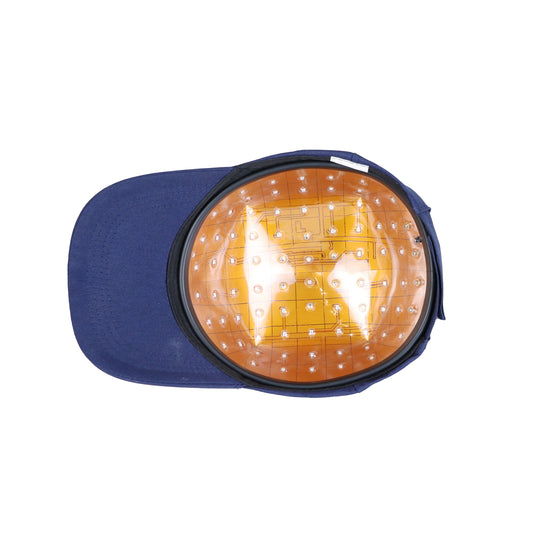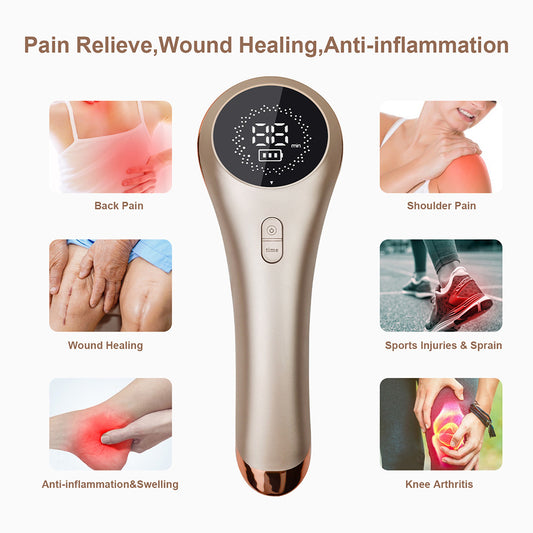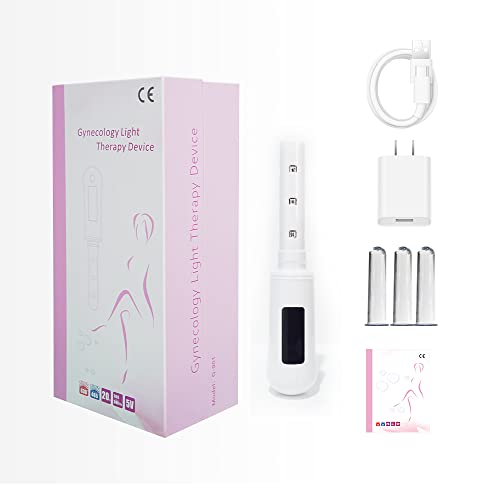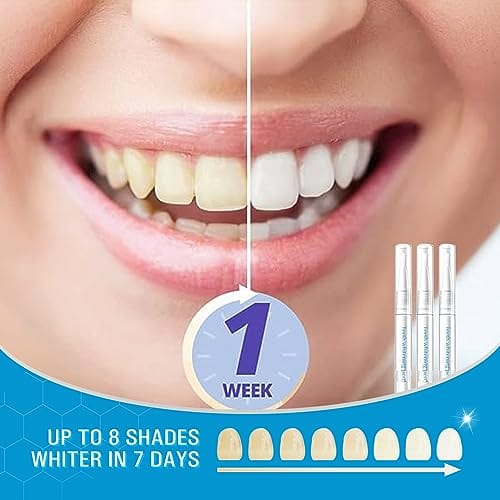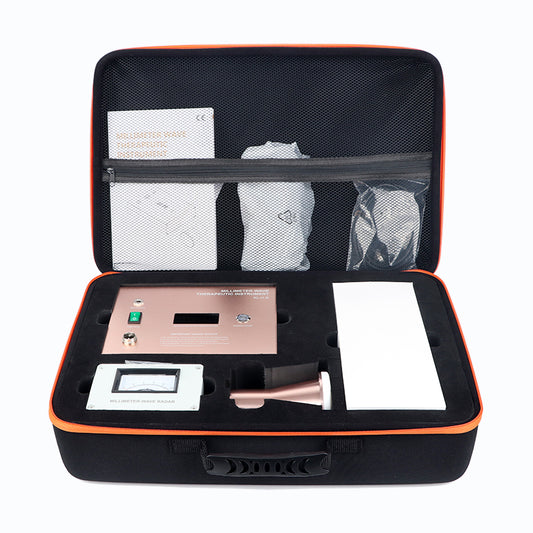Fithope® Products Catalogue
Fithope® takes PBM therapy to the next level with a line of meticulously crafted products, each tailored to specific health and wellness needs. From the pain-relieving Pinfriy® to the rejuvenating BETISBE®, discover how our products harness the transformative power of PBM therapy.
-
120LEDs Vibration Massage Red Light Therapy Belt with Pulsed Controller
Regular price $79.00Regular priceUnit price / per -
2in1 Near Infrared Light Therapy Device Canker Sore Treatment Fithope
Regular price $129.00Regular priceUnit price / per -
Cardiovascular Disease 3IN1 Neck Phototherapy Device Cold Laser Therapy Fithope
Regular price $279.00Regular priceUnit price / per -
Cardiovascular Disease Neck Led Therapy Fithope
Regular price $299.00Regular priceUnit price / per -
Cold Laser Therapy Device Home-use Pain Relief Laser Therapy Pinfriy®
Regular price $99.00Regular priceUnit price / per$229.00Sale price $99.00Sale -
Handheld Cold Laser Therapy 650nm&808nm Laser Device
Regular price $109.00Regular priceUnit price / per -
Home-use Pets 808nm & 650nm Cold Laser Therapy Device Pinfriy®
Regular price $139.00Regular priceUnit price / per$139.00Sale price $139.00 -
Millimeter Wave Probe Single Probe(Used with millimeter wave therapy)
Regular price $380.00Regular priceUnit price / per -
Non invasive blood glucose meter use with Android App
Regular price $299.00Regular priceUnit price / per -
Pinfriy® Hair Growth Laser Cap
Regular price $299.00Regular priceUnit price / per$349.00Sale price $299.00Sale -
pinfriy® Nail Fungus Laser Treatment Device for Onychomycosis
Regular price $59.00Regular priceUnit price / per$79.00Sale price $59.00Sale -
pinfriy® Poweful 1,055mW Handheld Laser Therapy Device
Regular price $189.00Regular priceUnit price / per$329.00Sale price $189.00Sale -
pinfriy® Hormone Free Feminine Care Wand
Regular price $149.00Regular priceUnit price / per$249.00Sale price $149.00Sale -
pinfriy® Laser Protective Goggle
Regular price $12.99Regular priceUnit price / per$29.99Sale price $12.99Sale -
pinfriy® Nail Fungus Laser Treatment Device for Onychomycosis
Regular price $129.00Regular priceUnit price / per$129.00Sale price $129.00 -
pinfriy® Protable Handheld 5*808nm 10*650nm Cold Laser Therapy Device
Regular price $229.00Regular priceUnit price / per -
Teeth Whitening Kit Fithope
Regular price $80.00Regular priceUnit price / per$189.00Sale price $80.00Sale -
Treat Diabetes Cancer Tumor Diabetes Millimeter Wave Therapy Fithope
Regular price $1,099.00Regular priceUnit price / per$1,350.00Sale price $1,099.00Sale
Unlocking Wellness with Photobiomodulation (PBM) Therapy
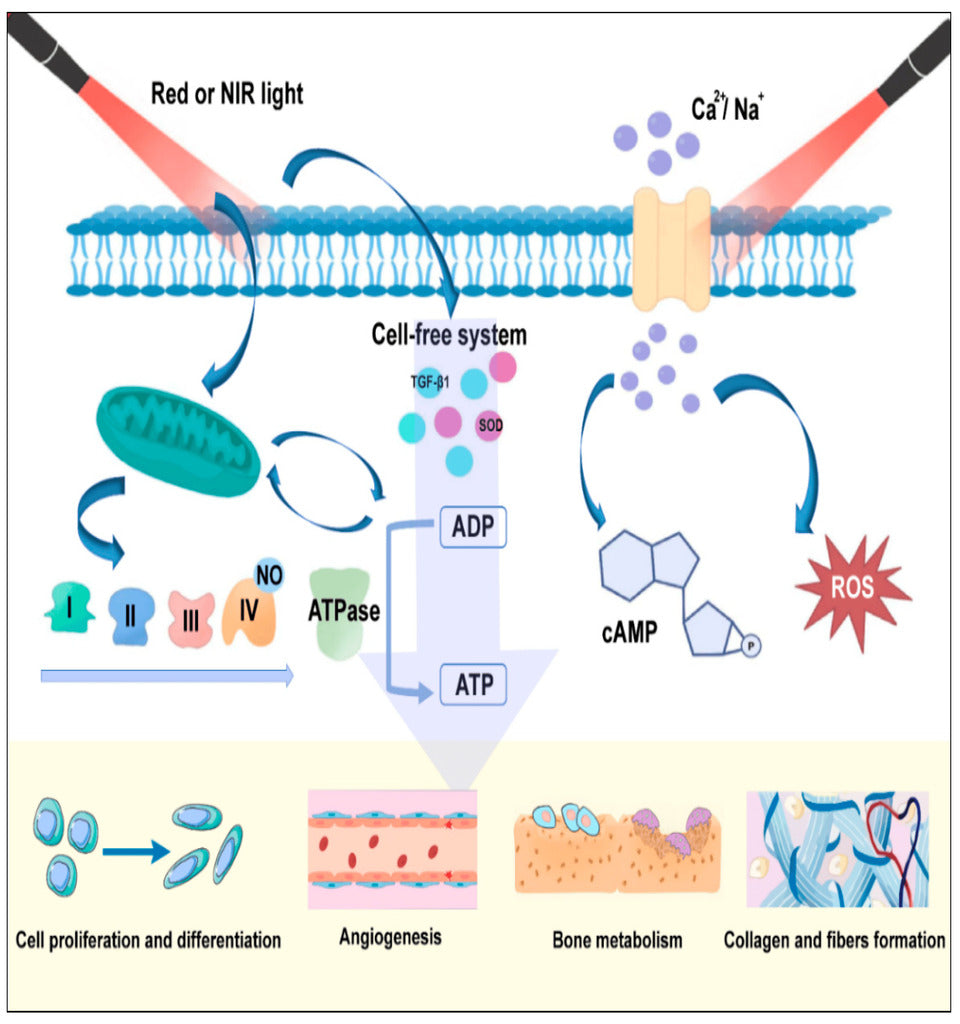
What's PBM Therapy?
Photobiomodulation therapy (PBM), or red light therapy, utilizes non-ionizing light sources like lasers and LEDs in the visible and near-infrared spectrum. This nonthermal treatment stimulates cellular responses, primarily through mitochondrial mechanisms. PBM has demonstrated efficacy in pain relief, immunomodulation, and tissue regeneration. Red light therapy, a subset of PBM, focuses on red and near-infrared light for enhancing cellular function. It has diverse applications, including reducing inflammation, accelerating wound healing, and promoting skin health. Both PBM and red light therapy are dynamic fields with significant therapeutic potential.
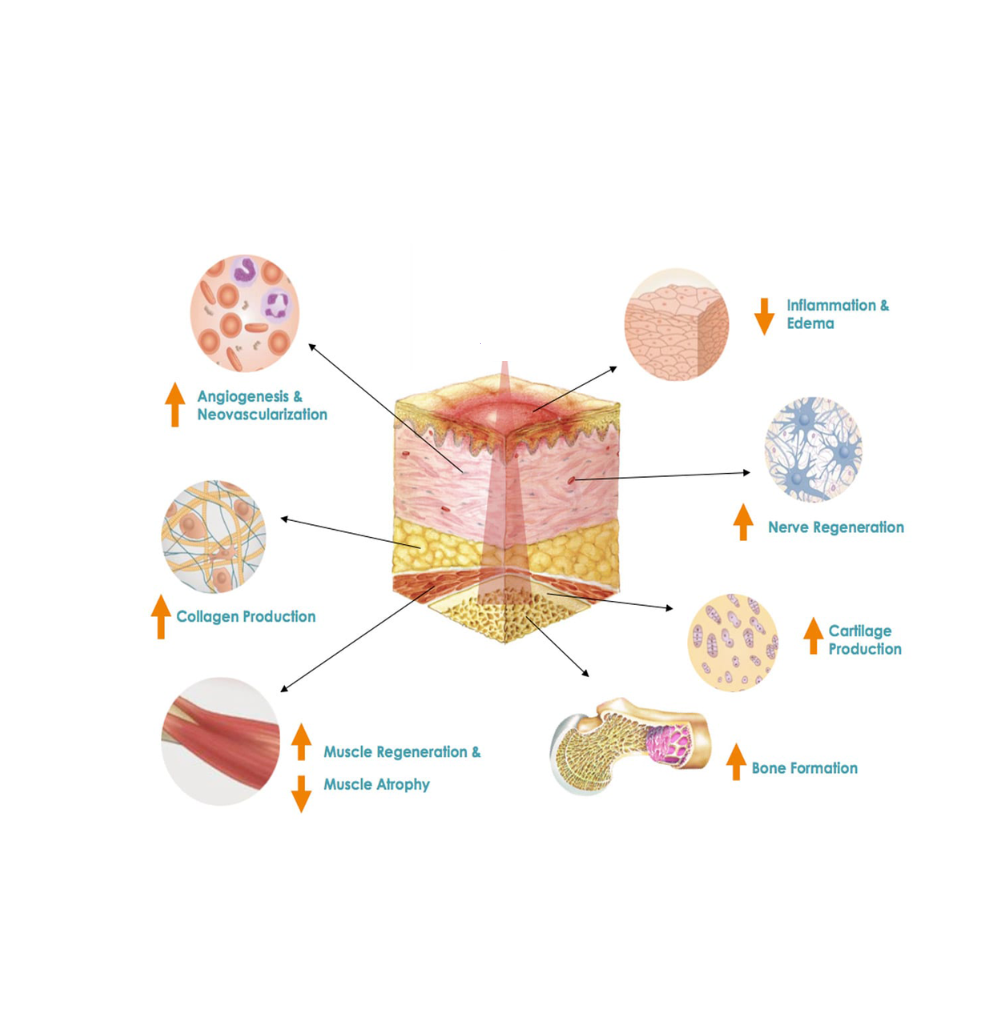
How Does PBM Therapy Work?
Photobiomodulation (PBM) therapy works by harnessing specific wavelengths of light to stimulate cellular activity. When targeted light, typically in the red or near-infrared spectrum, penetrates the skin, it interacts with mitochondria, the cellular powerhouses. This interaction boosts ATP (adenosine triphosphate) production, the energy currency of cells.
Increased ATP levels lead to:
- Cellular Regeneration: Enhancing the repair and regeneration of cells.
- Reduced Inflammation: Suppressing inflammatory responses for pain relief.
- Improved Blood Flow: Enhancing circulation, supporting overall tissue health.
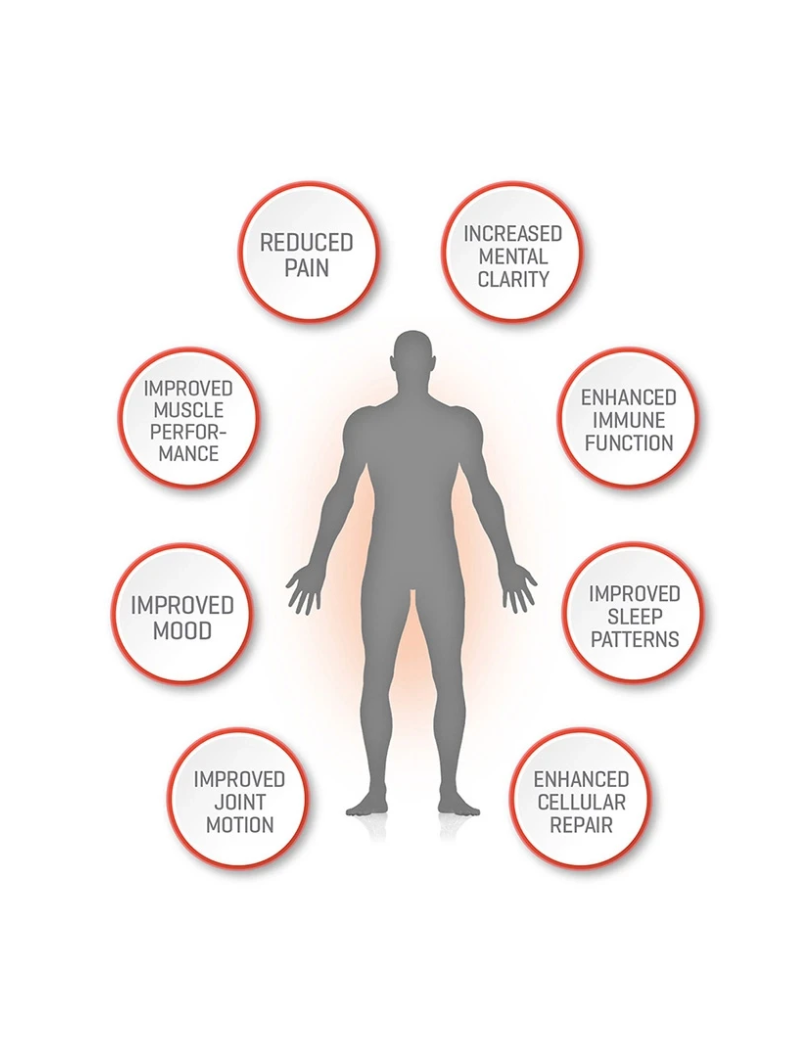
Benefits of PBM Therapy
Photobiomodulation (PBM) therapy offers a range of benefits:
- Pain Management: Alleviates both acute and chronic pain by reducing inflammation and promoting natural pain-relief mechanisms.
- Wound Healing: Accelerates the healing process for injuries, surgical incisions, and wounds by enhancing cellular repair.
- Inflammation Reduction: Mitigates inflammation at the cellular level, addressing a key factor in various health conditions.
- Cellular Repair: Stimulates cellular regeneration, supporting overall tissue health and optimizing bodily functions.
In summary, PBM therapy provides a non-invasive solution for pain relief, accelerated healing, and enhanced well-being by leveraging the power of light at the cellular level.
FAQ
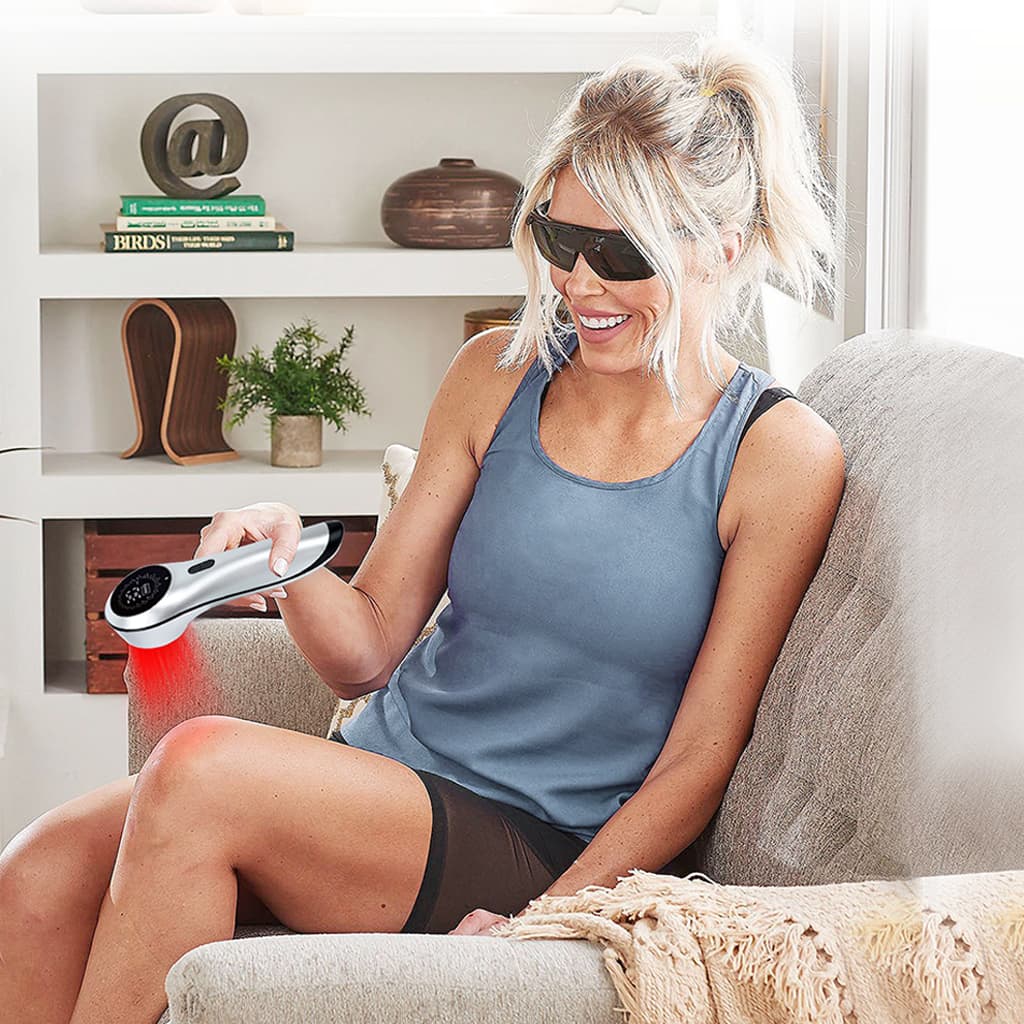
Why can't i see 808nm and 905nm?
808nm&905nm falls into spectrum of invisible light to human eyes, however 808nm laser diodes are in series with 650 laser diodes so if 650nm works fine then so does 808nm. as for determing whether 808nm laser diode works here is one method thatthe infrared light of 808nm can be detected by phone camera which does not filter infrared red light.(P.S. camera of iphones shield infrared red light automatically and some of Android phones can be used for this purpose) the other way is to observe through protective goggle if 808nm lasers work then small red dots will be seen(Never gaze into the laser beams with bare eyes!!!).
Is PBM the same as red light therapy?
Many people use the terms red light therapy and photobiomodulation interchangeably, butred light is a type of PBM therapy.
Does PBM therapy really work?
PBM Therapy is usually applied multiple times a week for several weeks, which leads to substantial relief. There is significant evidence from over 700 RCTs, and systematic reviews that show benefits of PBM Therapy is effective for musculoskeletal[3-5], neuropathic, and reduces the need for opioids by managing pain.
Is photobiomodulation therapy FDA approved?
PBM applies infrared and near infrared light to energize cell function. Energized cells can heal the body, treat medical conditions, and support general wellness. Over 100 million individual patient treatments and 700 successful clinical trials have proven PBM effective and safe.PBM equipment is FDA approved.
What are the side effects of photobiomodulation?
It is a non-invasive therapy and, unlike drugs, it has no side effects. PBMT is not an ablating or heating based therapy, it is more akin to photosynthesis with light being absorbed by the cells and catalyzing chemical changes.
How long does photobiomodulation take to work?
For acute and post-operative pathologies as little as one session is all that is necessary but for chronic pain and degenerative conditions as many as ten sessions may be necessary. Whilst other wavelengths have similar effects they do not penetrate nearly so well as the red and near-infrared range
What is the success rate of photobiomodulation?
Electrical activity is reduced after Photobiomodulation Therapy and clinical studies have shown that Photobiomodulation Therapy has immediate and cumulative effects on reducing pain, however the mechanism of action is not yet fully understood.

